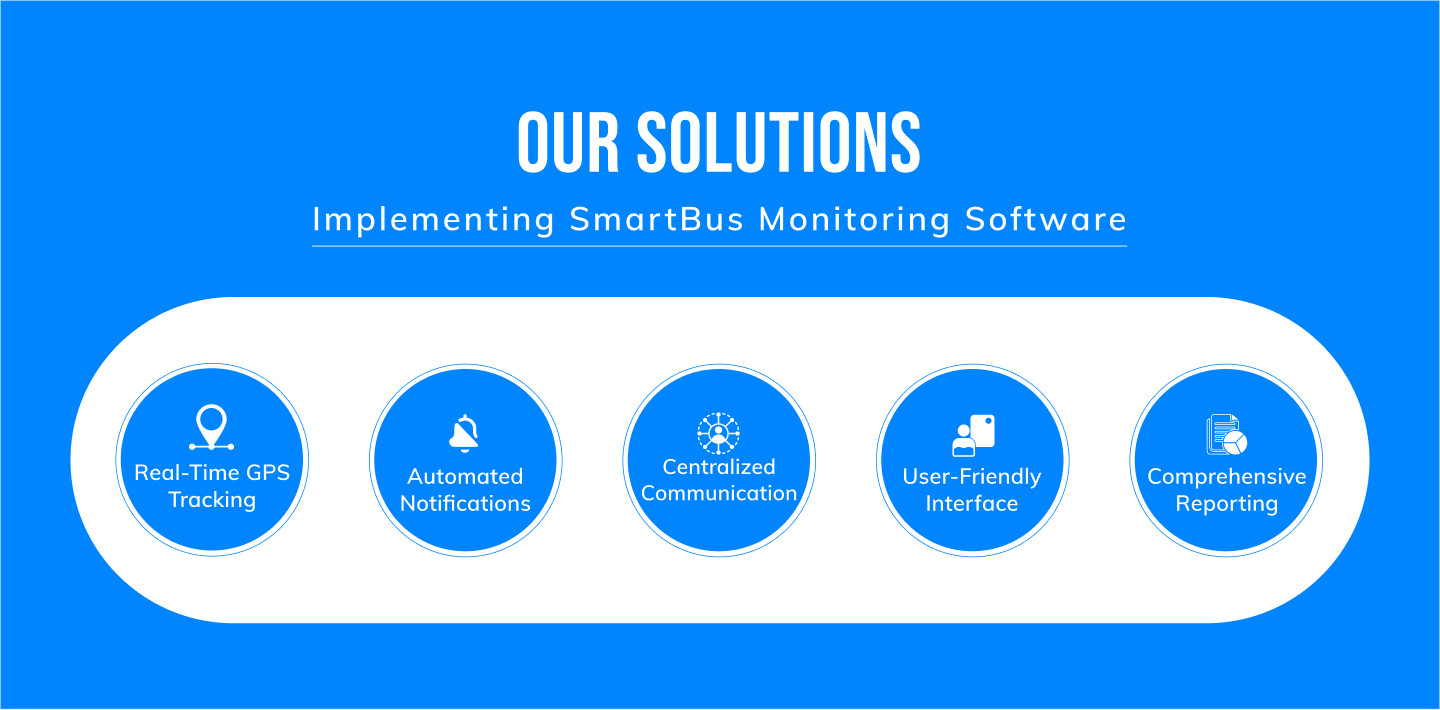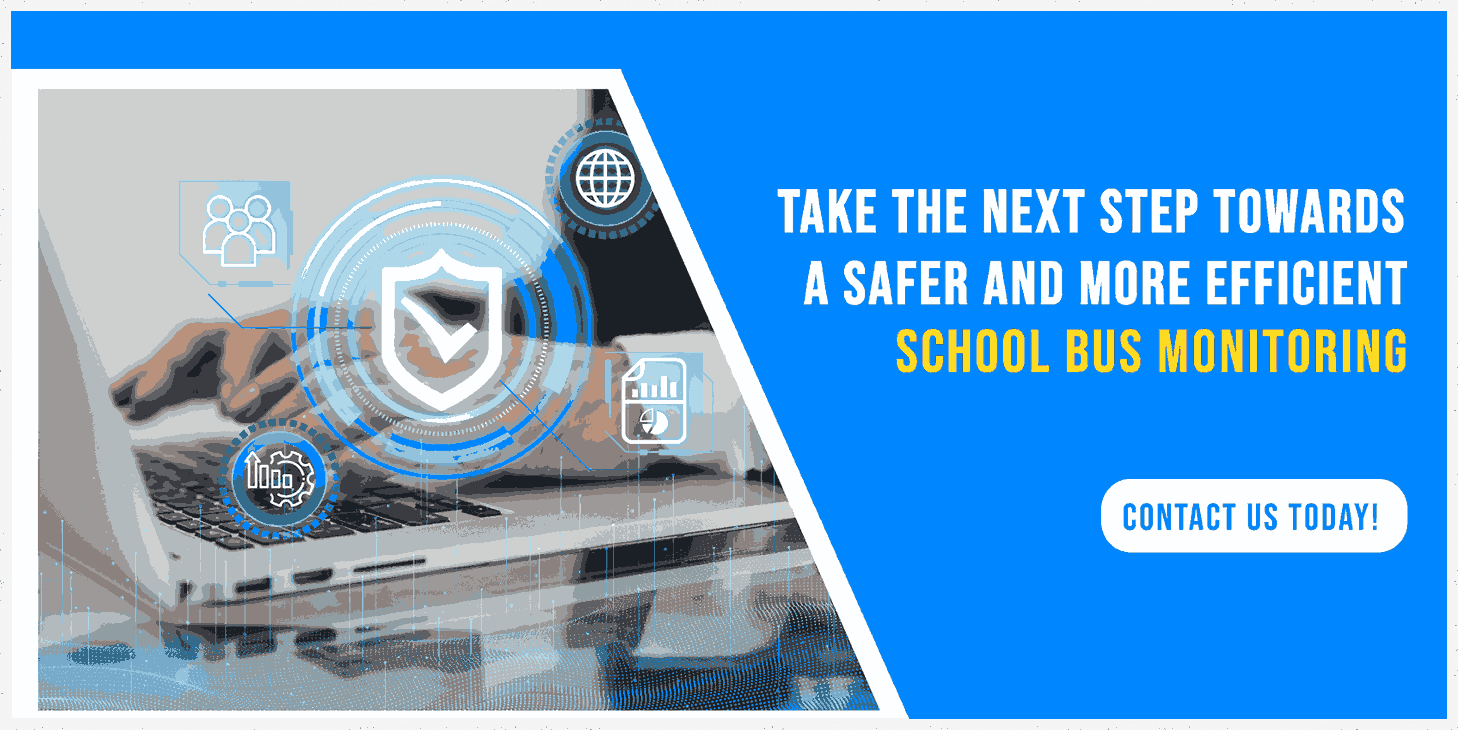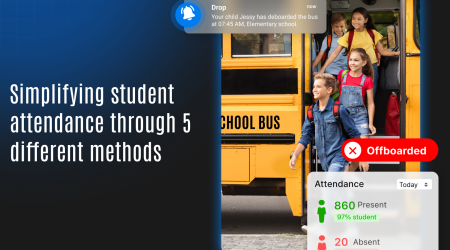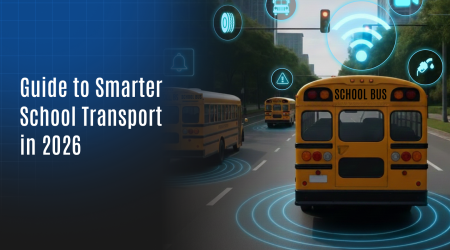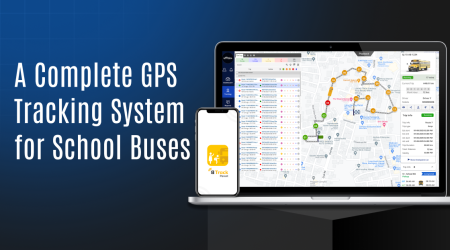Solving Communication Gaps in School Bus Monitoring
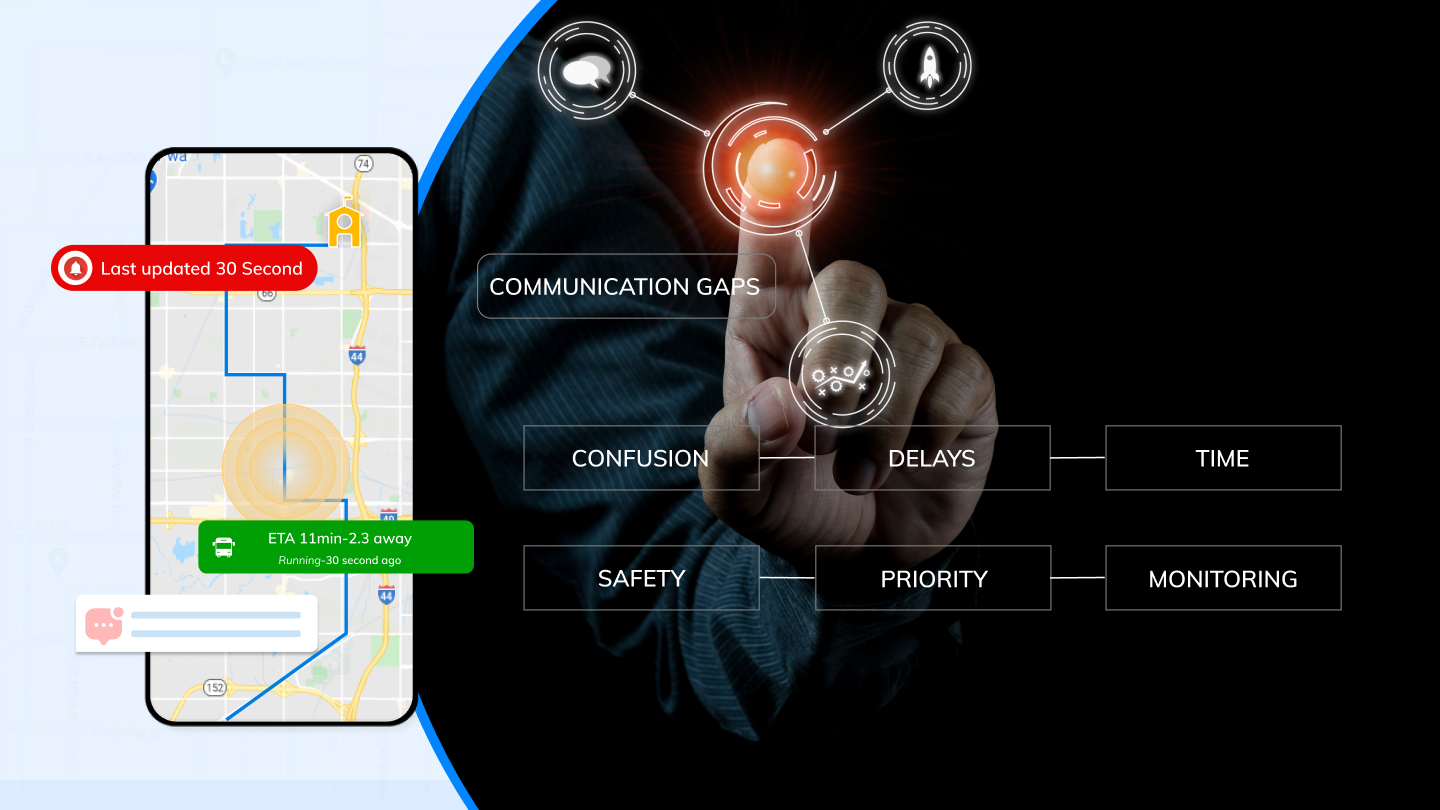
Ensuring the safety of children during their school commute is a top priority for parents, schools, and transport providers. However, communication gaps in school bus monitoring can lead to safety concerns, confusion, and delays. These gaps often result in parents not knowing if their child’s bus is on time, school administrators struggling to keep everyone informed, and drivers unable to quickly communicate issues. This blog aims to help system integrators choose the right school bus monitoring software by illustrating common communication problems, their solutions, and the positive impact through a relatable case study.
The Problem: School Bus Communication Gaps
Uncertainty for Parents
Lack of Real-Time Information: Without real-time updates, parents often worry about the whereabouts of their children. They might not know if the bus is running late or if there are any changes to the route, leading to unnecessary stress and concern.
Anxiety and Stress: This uncertainty can cause significant stress for parents, who rely on timely information to manage their schedules and ensure their children’s safety. When parents are not kept in the loop, they might make unnecessary phone calls to the school, adding to their anxiety.
Inefficiency for School Administrators
Manual Processes: School administrators often rely on outdated methods like phone calls and paper notes to communicate with parents and drivers. These techniques are inefficient and error-prone too. A message might be misheard or a note might get lost, eventually leading to miscommunication.
Delayed Responses: When a bus is delayed or there’s an emergency, getting information to parents and drivers quickly is challenging, leading to further confusion and delays. This can result in a chaotic situation where parents are uninformed and administrators are overwhelmed.
Disconnected Drivers
Limited Communication Tools: Drivers often lack efficient tools to communicate with the school and parents. They might not have a reliable way to report delays or changes in real-time, leading to situations where drivers are unable to inform parents of important changes, causing frustration and worry.
Emergency Situations: In emergencies, the inability to quickly inform all stakeholders can compromise safety and cause panic. If a bus breaks down or there’s an accident, not being able to communicate promptly can leave parents and schools in the dark, unsure of the children’s safety.
⟶ Top 8 School Bus Routing Software To Make your Easiest Communication
What can be the Solution?
Real-Time GPS Tracking
Live Updates: The software provides live updates on the bus’s location, which parents and school administrators can easily access. This feature eliminates uncertainty and allows everyone to know exactly where the bus is at all times. Parents can see if the bus is on schedule or if there are any delays.
Route Monitoring: Parents can track the bus route and see estimated arrival times, reducing anxiety and helping them plan their day better. Knowing when the bus will arrive can help parents manage their time more efficiently and reduce the need for constant checking.
Automated Notifications
Instant Alerts: The software sends instant alerts via SMS, email, or app notifications about delays, route changes, or emergencies. These automated messages ensure that everyone is informed promptly and accurately. This feature helps in reducing the need for manual updates and ensures timely communication.
Clear Communication: Automated notifications are clear and easy to understand, reducing the chance of miscommunication and ensuring that important information reaches parents and administrators quickly. This helps in maintaining a clear line of communication and avoids confusion.
Centralized Communication Platform
Integrated Messaging: The software integrates messaging features that allow direct communication between drivers, parents, and school administrators. This unified platform streamlines the sharing of updates and the resolution of issues. All parties can access the same platform, making communication seamless.
Efficient Coordination: With all communication in one place, it’s easier to coordinate between all parties, ensuring that everyone is on the same page and that issues are addressed promptly. This improves the overall efficiency of managing school transportation.
User-Friendly Interface
Easy Access: The software’s simple and intuitive design makes it easy for everyone to access and understand information. This user-friendly interface minimizes the learning curve for new users and also ensures that the software can be used effectively by all stakeholders. Even individuals with limited technical skills can effortlessly use the system.
Accessibility: A user-friendly interface ensures that even those who are not tech-savvy can easily use the software, making it accessible to a broader range of users. This is particularly important in ensuring that all parents, regardless of their technological skills, can benefit from the software.
Comprehensive Reporting
Detailed Reports: The software generates detailed reports on bus routes, timings, and incidents automatically. These reports provide valuable insights that help identify recurring issues and improve overall service. Schools can utilize this data to assess performance and make well-informed decisions.
Data-Driven Decisions: Access to comprehensive data allows schools to make informed decisions, optimize routes and schedules, and ensure better service for parents and students. This leads to continuous improvement and a more efficient transportation system.
Step-by-Step Guide to Implementing the Software
- Assess Needs: Evaluate the current communication challenges and identify the features required to address them.
- Choose the Right Software: Select SmartBus Monitoring Software that meets your needs and is user-friendly.
- Installation: Install the software on all relevant devices, including school admin systems, drivers’ devices, and parents’ smartphones.
- Training: Provide training for school staff, drivers, and parents on how to use the software effectively.
- Pilot Run: Conduct a pilot run to test the system and address any initial issues.
- Full Deployment: Roll out the software across the entire school transportation system.
- Monitor and Adjust: Continuously monitor the system’s performance and make adjustments as needed.
Best Practices for Smooth Implementation
- Effective Communication: Guarantee that all stakeholders comprehend the benefits and usage of the software.
- Ongoing Support: Provide ongoing support and training to address any issues and keep everyone updated on new features.
- Feedback Loop: Establish a feedback loop to gather input from users and continuously improve the system.
Impact and Results
Enhanced Safety
- Real-Time Monitoring: Parents and schools can monitor the bus in real-time, ensuring children’s safety by knowing their exact location. This reduces the risk of children being unaccounted for during the commute.
- Quick Response: The ability to quickly respond to emergencies or unexpected events significantly improves overall safety. Immediate notifications and updates allow for faster decision-making and action.
Increased Efficiency
- Reduced Waiting Times: With better route management and real-time updates, waiting times are reduced, leading to smoother operations. Parents and children no longer wait unnecessarily, improving the overall experience.
- Streamlined Communication: Efficient communication reduces misunderstandings and errors, enhancing the overall efficiency of the school bus system. Clear and timely updates help in maintaining a smooth operation.
Peace of Mind for Parents
- Reliable Information: Knowing the exact location of the bus and being promptly informed of any changes provides peace of mind for parents. They can be assured of their children’s safety and well-being.
- Trust in the System: Parents feel confident in the school’s ability to manage transportation effectively, leading to increased trust and satisfaction. This trust is crucial for a positive relationship between the school and parents.
Better Coordination
- Improved Interaction: The software improves interaction between all parties involved in the transportation process, making it easier to share updates and resolve issues quickly. Effective communication ensures that everyone is informed and can act promptly.
- Centralized Communication: Having all communication in one place ensures better coordination and quick resolution of problems. This centralized system helps in managing and monitoring all activities efficiently, as a result reducing school bus communication gaps.
Data-Driven Decisions
- Optimized Routes: Access to detailed reports helps schools optimize routes and schedules, leading to more efficient operations. Schools can identify the best routes, reducing travel time and costs.
- Continuous Improvement: Identifying patterns and areas for improvement allows schools to continuously enhance their services, ensuring a better experience for parents and students. Continuous monitoring and analysis lead to a better-managed transportation system.
Tips for Success
Maximizing the Benefits
- Regular Updates: Keep the software regularly updated to gain benefits from the latest features and improvements.
- Active Communication: Encourage regular communication between all stakeholders to ensure the system is used effectively.
- Proactive Maintenance: Regularly check the system for any issues and address them promptly to avoid disruptions.
Common Mistakes to Avoid
- Ignoring Training: Ensure that all users are adequately trained to use the software effectively.
- Delaying Feedback: Act on feedback quickly to improve the system and address any issues.
- Overlooking Updates: Regularly update the software to ensure it remains efficient and secure.
Conclusion
Implementing advanced school bus monitoring software can significantly bridge school bus communication gaps, ensuring a safer, more efficient, and reliable transportation system for schools. By addressing these communication challenges, system integrators can enhance the safety and efficiency of school bus operations, build trust among parents, drivers, and school administrators, and create a cohesive and effective transportation system for our children.
